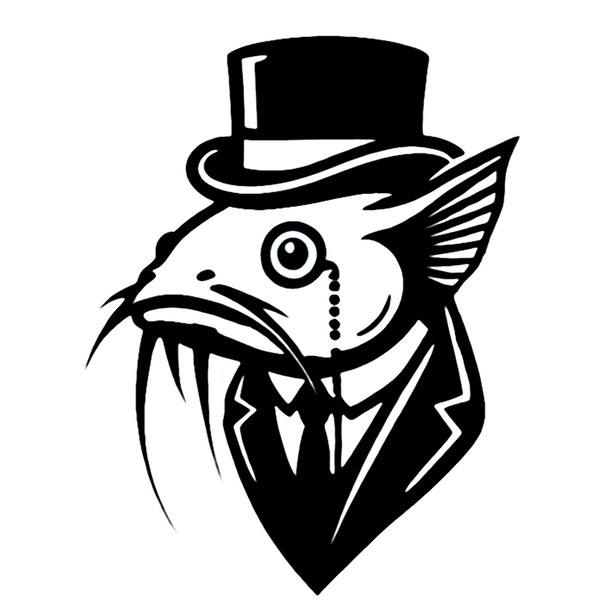Fancy Fish and Aquascapes
Cory Red Sailfin Venezuela ~ Corydoras aeneus
Cory Red Sailfin Venezuela ~ Corydoras aeneus
Couldn't load pickup availability
The Cory Red Sailfin Venezuela is a striking color variant of the Bronze Corydoras, known for its reddish-bronze body and elongated, sail-like dorsal fin. Originating from the slow-moving rivers and flooded areas of Venezuela, this peaceful bottom-dweller is a popular choice for community tanks due to its hardy nature and attractive appearance.
Size: 2-2.5 inches
Lifespan: 4-5 years
Temperament: Peaceful, social
Group/Solitary: Best kept in groups of 5 or more
Food: Omnivorous; sinking pellets, algae wafers, live/frozen foods (bloodworms, brine shrimp, daphnia)
Water Requirements: 72-78°F, pH 6.0-7.5, soft to moderately hard water
Care Instructions
The Cory Red Sailfin Venezuela thrives in well-maintained aquariums with a soft substrate like sand or smooth gravel to protect their sensitive barbels. A tank of at least 20 gallons is ideal for a small group. Providing hiding spots with driftwood, smooth rocks, and live plants creates a comfortable environment and encourages natural foraging behavior.
These social fish prefer to live in groups of at least five, which helps reduce stress and promotes more active and natural behavior. They are bottom-dwellers, so a low to moderate water flow with gentle filtration is ideal to mimic their natural habitat.
A varied diet of sinking pellets or wafers, along with live or frozen foods such as bloodworms, brine shrimp, and daphnia, helps maintain their health and vibrant coloration. Feed small amounts twice a day, making sure food reaches the bottom of the tank where they can access it.
Cory Red Sailfin Venezuela are peaceful community fish and do well with other small, non-aggressive species such as tetras, rasboras, and dwarf gouramis. Avoid housing them with larger or aggressive fish that might intimidate or outcompete them.
Fun Fact: Cory Red Sailfin Venezuela have a unique ability to gulp air from the surface and absorb oxygen through their intestines, allowing them to survive in low-oxygen environments!
